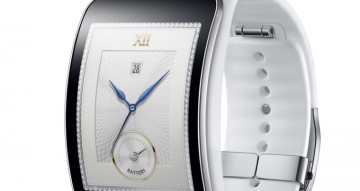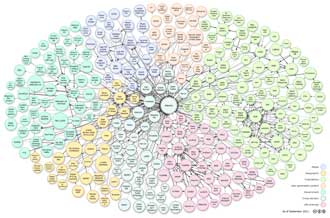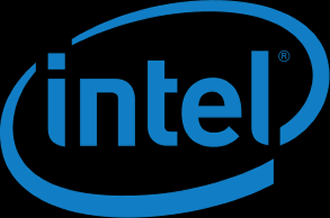 The internet of things might have to be renamed the really big internet of video things. As names go it’s not as catchy but it reflects the reality that in a little more than four years from now, we will be outnumbered by video-enabled devices connected to the internet.
The internet of things might have to be renamed the really big internet of video things. As names go it’s not as catchy but it reflects the reality that in a little more than four years from now, we will be outnumbered by video-enabled devices connected to the internet.
This is according to research from the Broadband Technology Intelligence service, which is part of IHS and is based in the US.
At present there are thought to be 4.3 billion video-enabled devices connected to the internet. This catch-all term of ‘video devices’ comprises things like tablets, smart TVs, games consoles, smartphones, connected set-top boxes, Blu-ray players, and PCs and the like.
By 2017 this will increase to 8.2 billion, more than the number of homo sapiens likely to be kicking about at the time.
In 2005, PCs accounted for 93% of all connected devices. By the end of 2017, PCs will comprise only 23 percent of the connected installed base. Smart TVs will be at 5%, consoles at 2%, and smartphones and tablets collectively representing 67%.
This proliferation will change the way people watch TV, movies, news and access many more services besides. It will introduce many of the same problems of disintermediation that has affected the mobile phone sector – customers’ loyalties lie not with the network they use, but the handset they bought, they detect little value in the network and price has been driven down.
Unsurprisingly, there will be modest growth in mature markets, 10% or so in North America and Western Europe, and double that in Asia-Pac, mostly down to increasing demand in China.
Sub-Saharan Africa is expected to see an additional 145 million new connected video devices added to the total.
According to Merrick Kingston, a senior analyst at Broadband Technology: “On average every human being in the world will possess more than one Internet-connected video device by the year 2017 – a major milestone for the electronics market.”
And in so doing he demonstrates why it pays to be careful when playing with statistics, as clearly not everyone in the world will own on average 1.1 video devices.
Kingston goes on to clarify this point by saying: “In practice, ownership of Internet-connected hardware will be concentrated among users whose homes are equipped with broadband connections. We’re quickly approaching a world where the average broadband household contains 10 connected, video-enabled devices. This means that each TV set installed in a broadband-equipped home will be surrounded by three Internet-connected devices.”
A number which rings true in the home of this average hack.
 Samsung has opened the kimono in its new Tizen based watch which has a curved 2-inch Super AMOLED display.
Samsung has opened the kimono in its new Tizen based watch which has a curved 2-inch Super AMOLED display.









